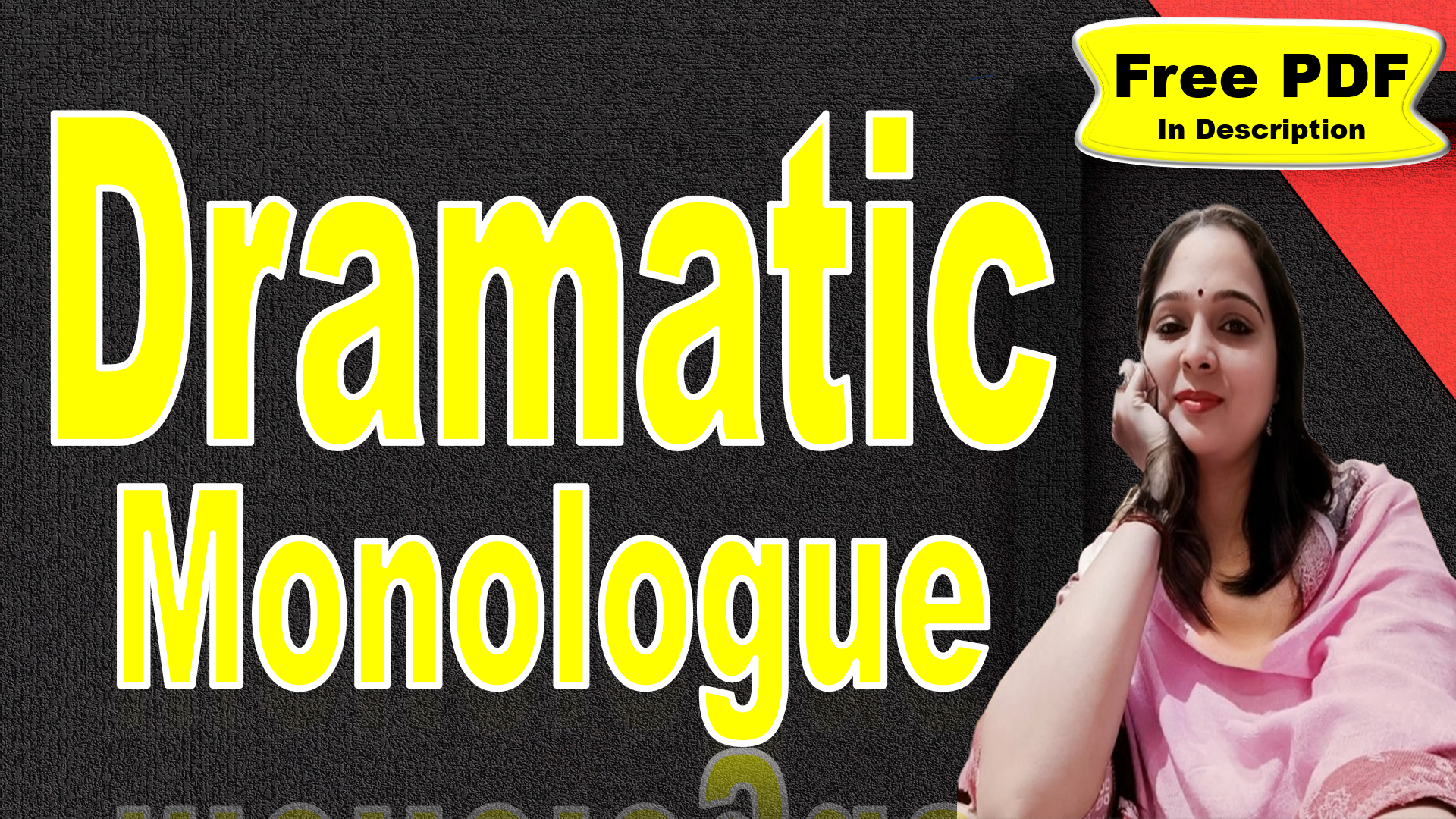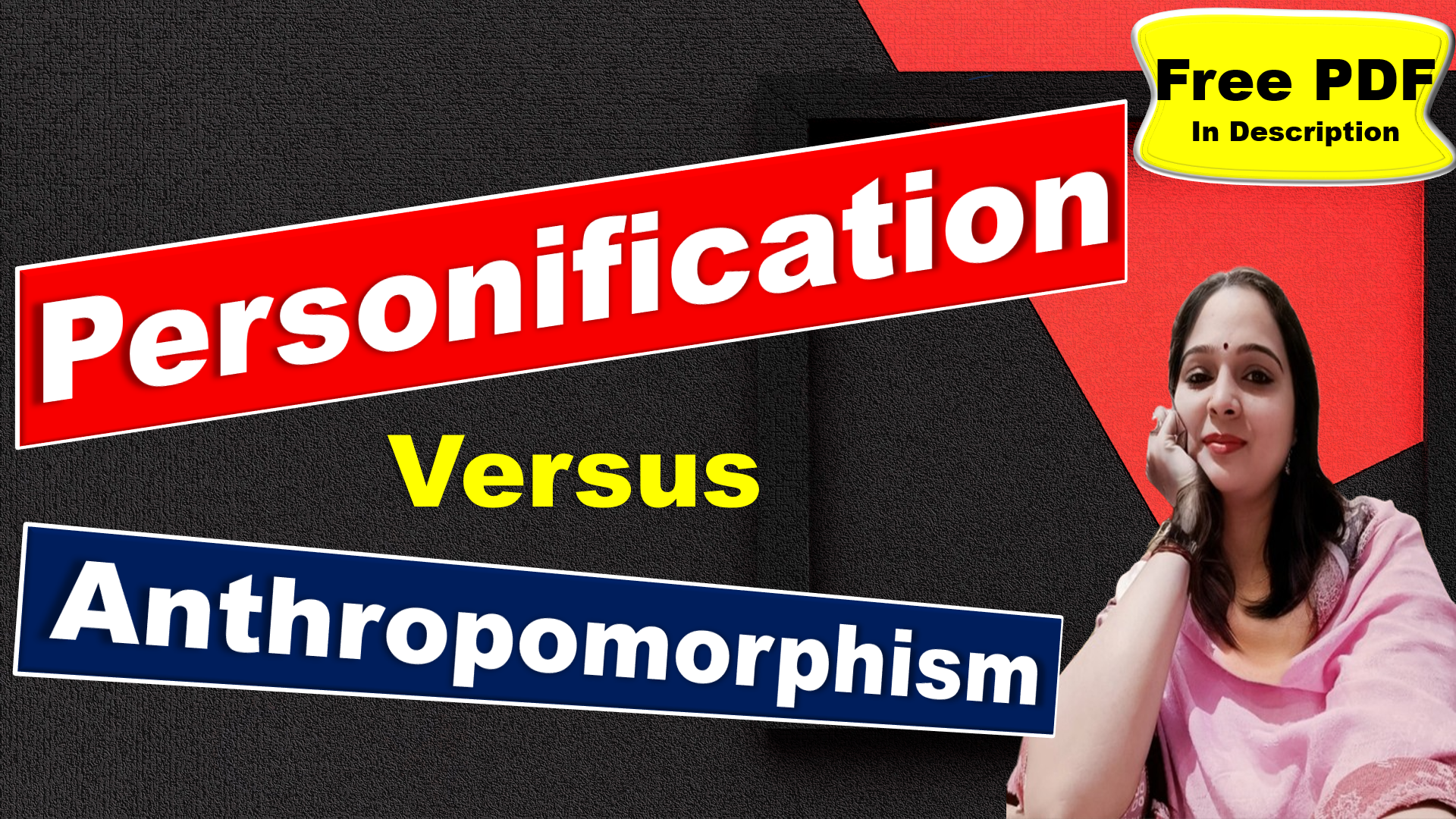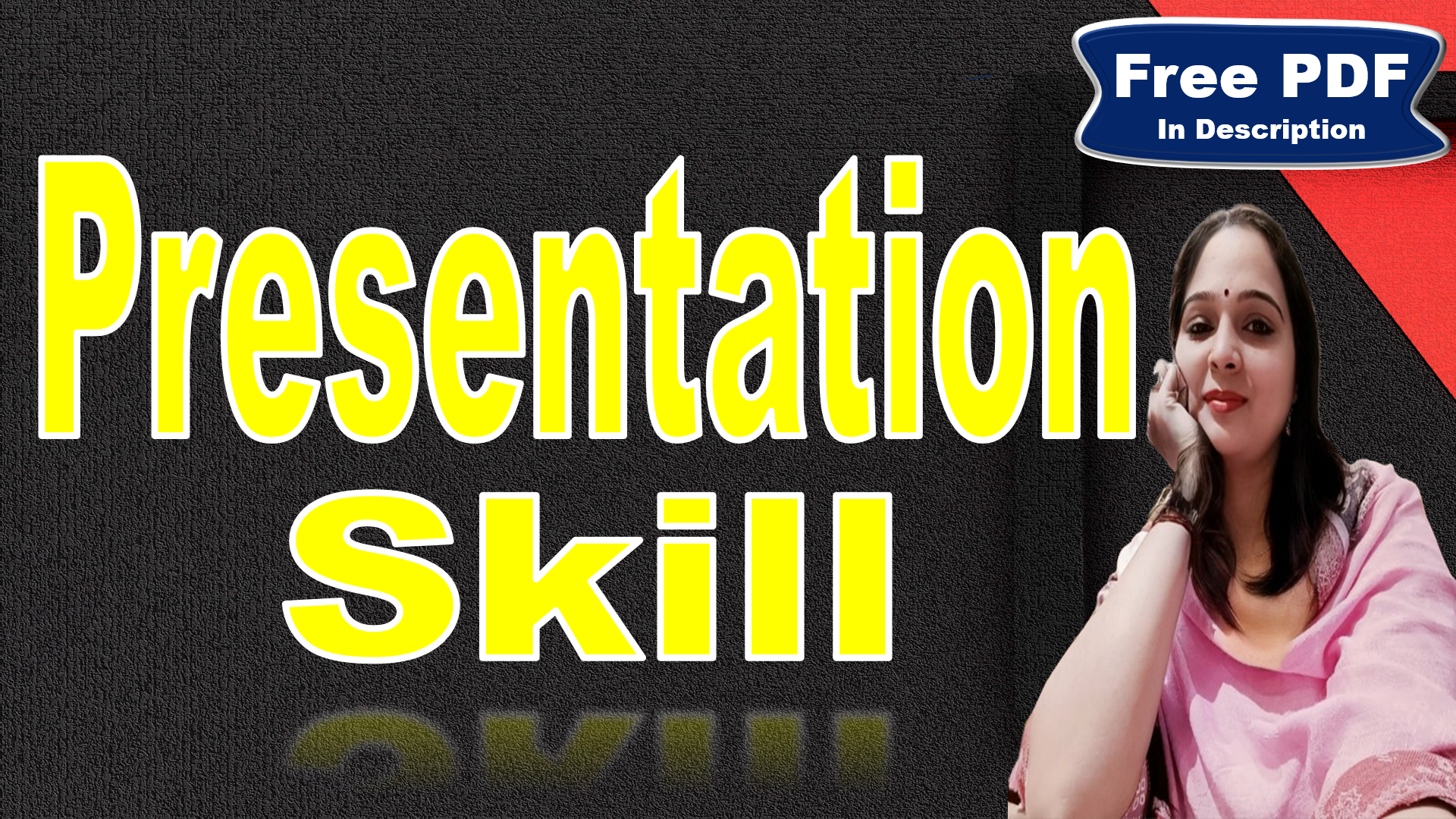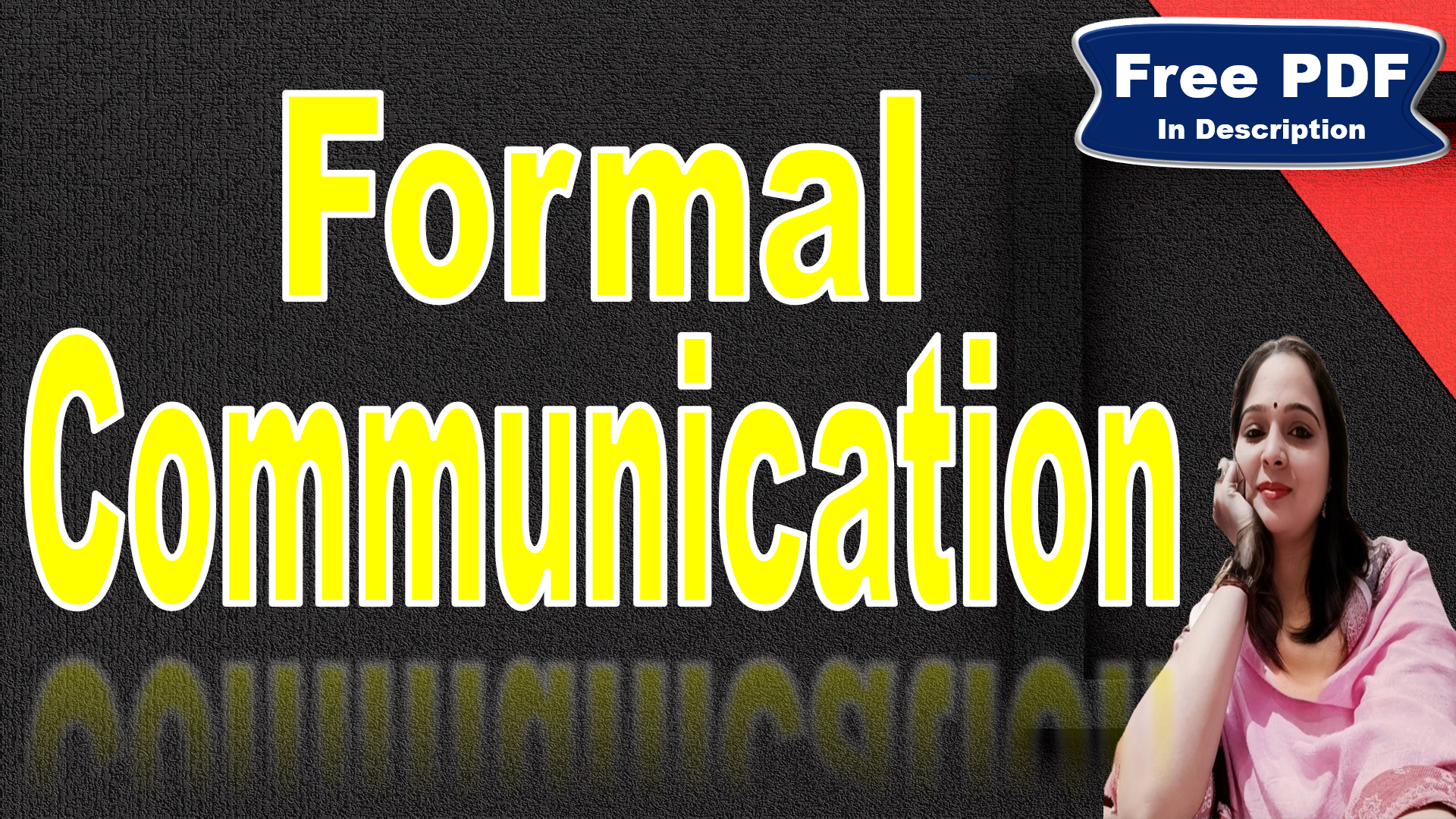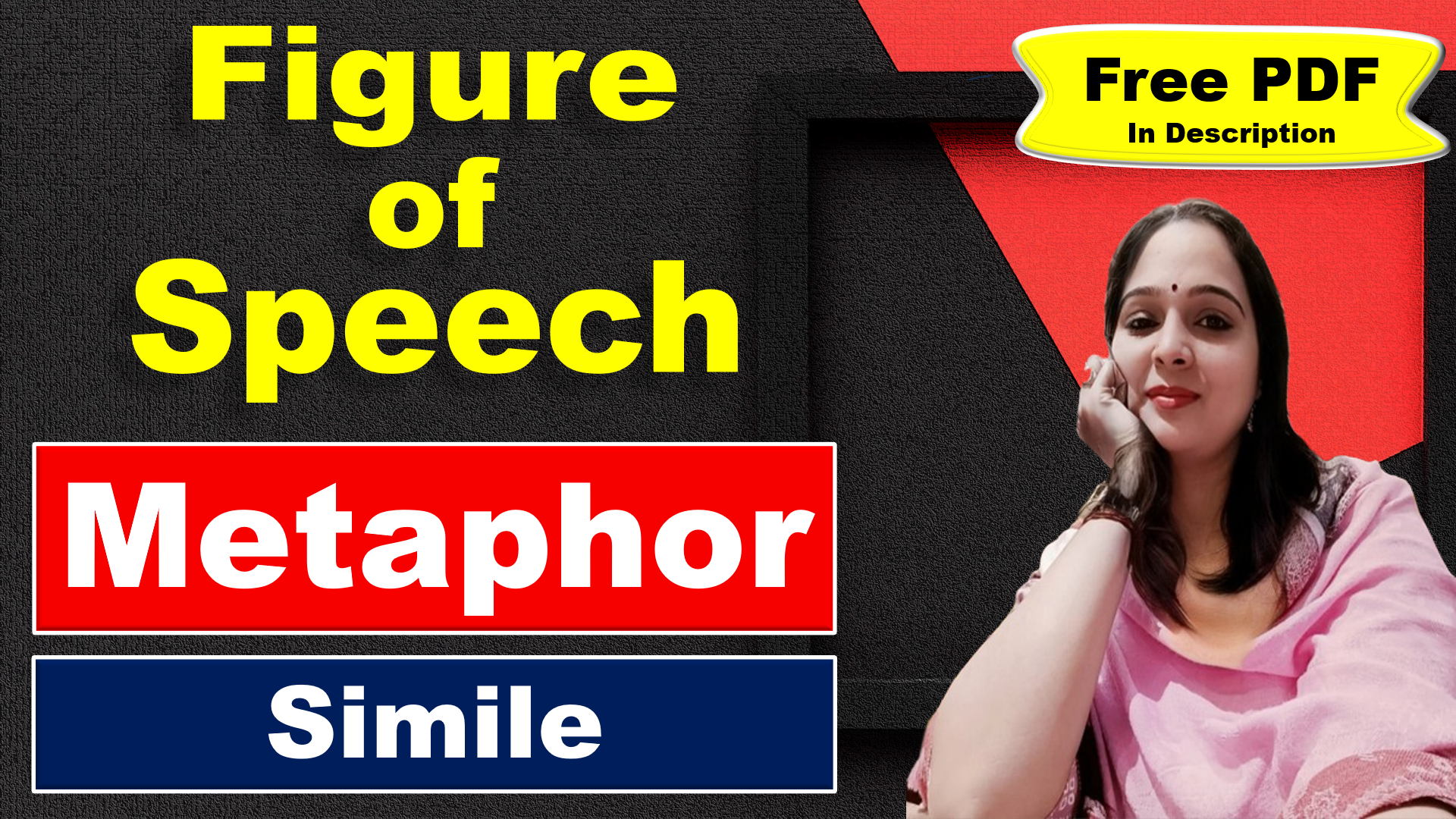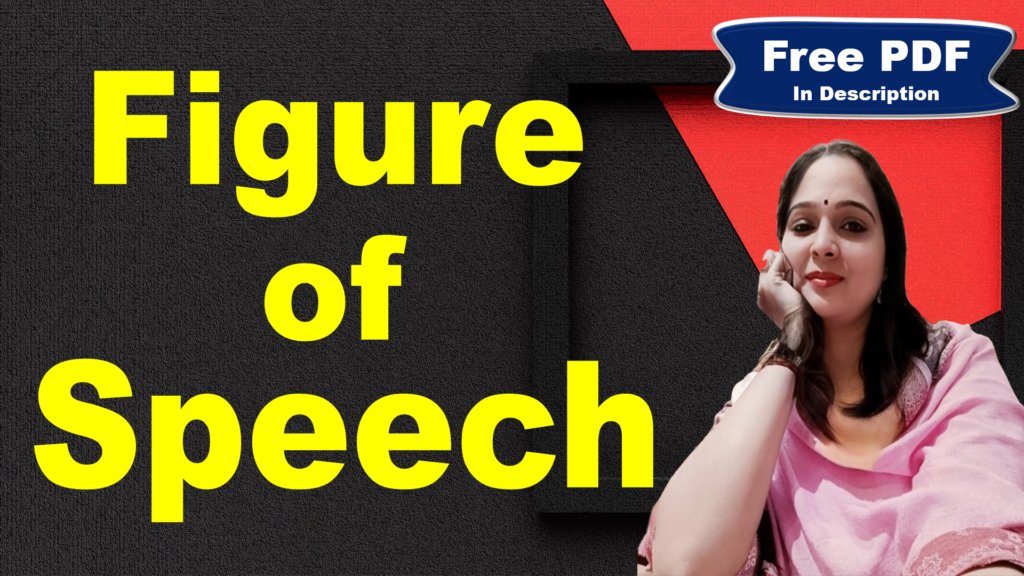
Figure of Speech | Figurative Language | Figure of Speech in English Literature | Tropes and Figures of Speech | Schemes and Figures of Speech | Free PDF Download – Easy Literary Lessons
Figure of Speech
A figure of speech is a word or phrase used in a different way from its usual meaning in order to create a particular mental picture or effect. It is an expression in which the words are used figuratively, not in their normal literal meaning. They can make meaning more expressive than ordinary words.
Figurative language:
Figurative languages is a broad term that include figures of speech. However, figurative language has more elements beyond figures of speech:
Imagery: This refers to the use of vivid words and phrases to create sensations for readers. It includes describing what we see, hear, smell, taste, and touch thereby making writing real.
Tone: This pertains to atmosphere aroused by the choice of words. For instance figurative language can be used to foster different tones such as seriousness, humour suspense, nostalgia.
Diction: This is the choice of words in a piece of writing. Therefore figurative language tends to use words unconventionally thus resulting into a desired effect.
Syntax: It simply refers to sentence structure. Sentence structure can therefore be employed to bring about rhythm, emphasis or surprise which all result into the overall impact on figurative language.
These elements enrich the text by adding depth, emotion, and layers of meaning, making language more engaging and powerful. By understanding and utilizing these components, writers and speakers can effectively convey complex ideas and evoke strong responses from their audience.
Analogy: Consider figurative language as a delectable dish. Figures of speech would be like the specific spices you add for flavour (simile, metaphor, etc.). But the dish also needs other elements to be truly great, like fresh ingredients (imagery), the right cooking technique (tone), and a beautiful presentation (diction and syntax).
Types of Figures of Speech
Figure of speech are broadly classified into two main categories.
1. Tropes
2. Schemes
| Tropes | Schemes |
| Tropes are figure of speech that allows words to deviate from their literal meaning so they are understood in a figurative way. It’s a metaphorical or figurative use of words where writers shift from the literal meanings of words to their non-literal meanings. Tropes often utilize comparison or association to shift readers away from the denotative definition of words and towards a more multifaceted meaning. Examples: Metaphor, Simile, Metonymy, Synecdoche, Irony, Hyperbole, Litotes, Oxymoron, Paradox, Personification, Apostrophe, Onomatopoeia, Pun, Allusion and Euphemism | Schemes are figures of speech that involve a deviation from the typical mechanics of a sentence, such as the order, pattern, or arrangement of words. They are an artful deviation from the ordinary arrangement of words. They play with the structure of words, phrases, and sentences. Examples: Parallelism, Antithesis, Chiasmus, Anaphora, Epistrophe, Epanalepsis, Anadiplosis, Asyndeton, Polysyndeton, Alliteration, Assonance, Consonance, Climax, Antimetabole and Inversion |
